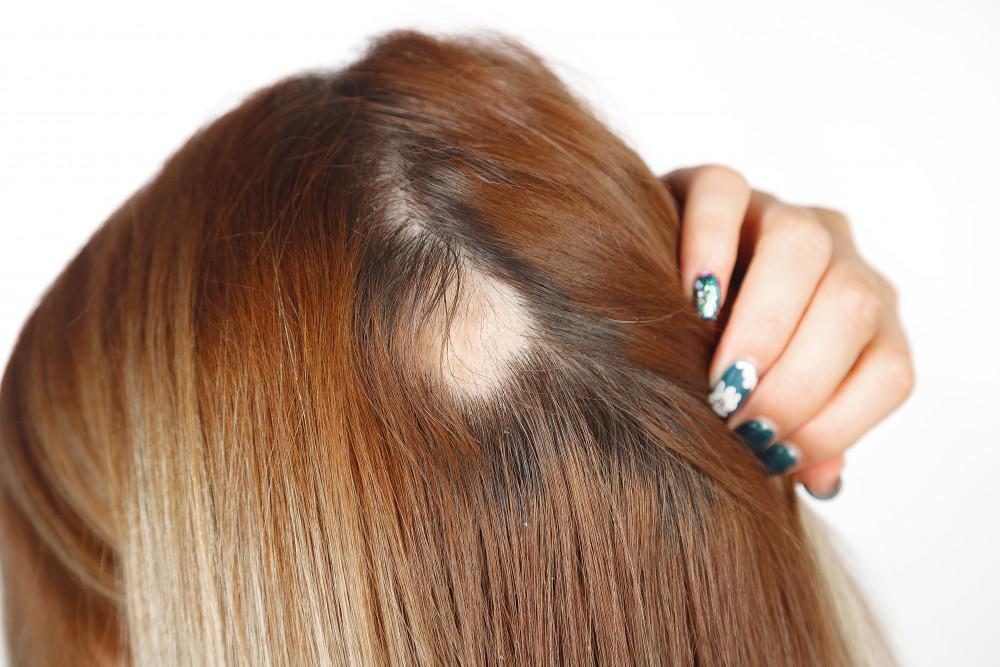It can be alarming to notice a bald spot of any size, but you’re not alone.
Alopecia, which causes hair loss in people of all ages and genders, affects about one in every 500 people. And while it isn’t dangerous from a medical perspective, it can take a toll on your self-confidence.
Understanding more about alopecia may bring you some emotional ease as you navigate the next steps.
At Northstar Dermatology in North Richland Hills, Texas, our expert team of board-certified dermatologists takes the time to accurately diagnose alopecia and create personalized treatment plans to stimulate hair regrowth and prevent further loss.
Take a few minutes to learn what’s fact versus fiction when it comes to alopecia.
Myth: Alopecia only affects the scalp
When the topic of hair loss arises, many people assume the loss affects the hair on your head. And while alopecia is often characterized by a circular bald area on the scalp, the hair loss can affect pretty much any area of your body.
When you have alopecia, you might lose some or all of your eyebrows, eyelashes, or facial hair, for example, or lose hair on your arms or legs.
Myth: Alopecia is purely genetic
Alopecia may have a small genetic component, but numerous other factors can play a role, too. Outside factors, such as catching a virus or experiencing high levels of stress, for example, can join with any genetic tendencies and fuel your symptoms.
One exception is androgenic alopecia, a male pattern of baldness, which is predominantly genetic.
Myth: Only unhealthy people get alopecia
When alopecia sets in, it may be easy to assume that the person is leading an unhealthy lifestyle. But in reality, most people who develop alopecia are in generally good health.
Alopecia areata is an autoimmune condition in which your immune system mistakes healthy hair follicles as harmful and attacks them.
People who develop this form, which causes patchy hair loss, are typically in good health otherwise. And androgenic alopecia has nothing to do with your lifestyle choices or health status.
Myth: Alopecia isn’t treatable
While there’s no known cure for alopecia, it can be treated. Alopecia treatment aims to minimize your symptoms by preventing further hair loss and spurring new growth. Depending on the specifics of your condition, we at Northstar Dermatology may recommend:
- Minoxidil solution or foam
- Phototherapy
- Injected, oral, or topical corticosteroids
- Relaxation techniques for managing stress
- A support group
- Topical immunotherapy
To learn more about alopecia or to get the care you need, call our office or request an appointment through our website.





